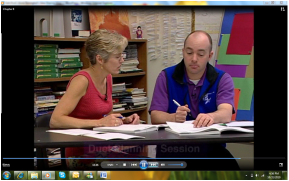
After a recent conversation with some extremely thoughtful secondary teachers, I decided to add the element of STUDENT REFLECTION to my lesson planning form. I know the importance of this for all learners, but I don't weave it into my lessons as often as I should. Now that I have it listed on my "elements to consider," I hope to address it more frequently. Download a copy of my revised lesson planning form here.
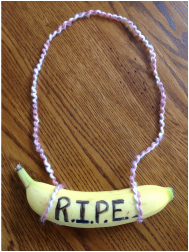
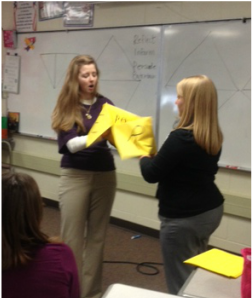
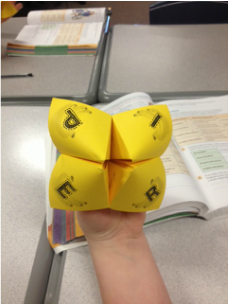


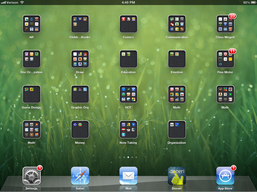
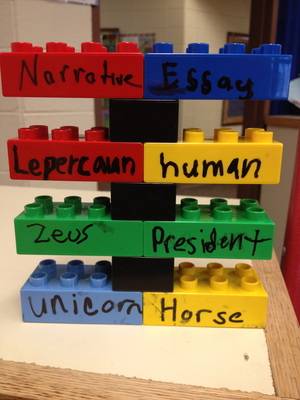
 RSS Feed
RSS Feed